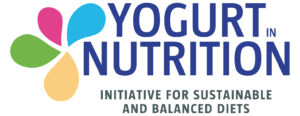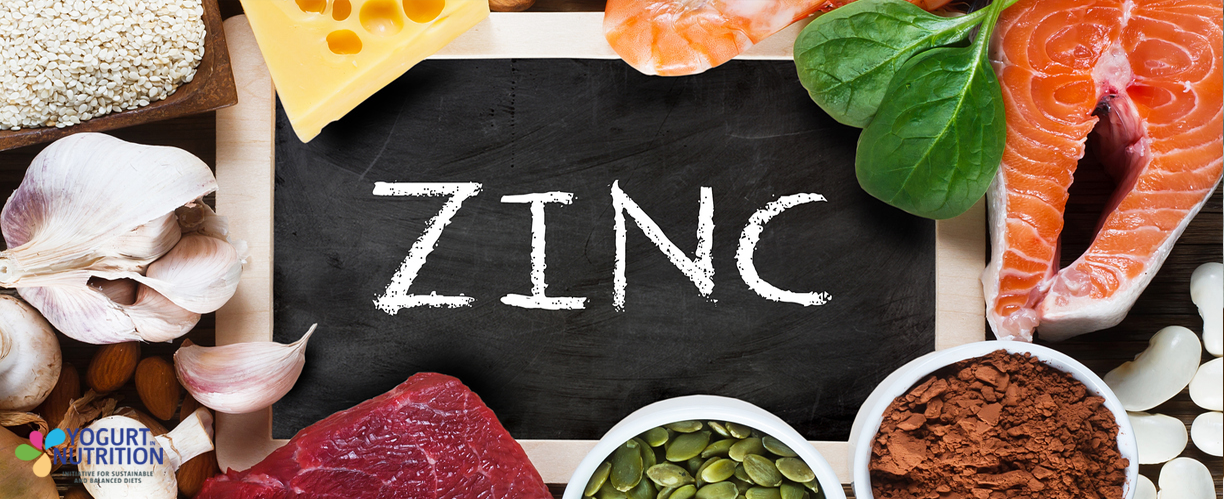Zinc is a trace element that plays key roles in metabolism of growth or immunity. Learn more with us about this mineral.
Zinc: An essential trace element
Zinc, a vital trace element, is utilized by the human body in minute quantities yet plays a critical role in numerous physiological processes. Present in every cell, zinc is necessary for maintaining cellular functions and overall health.
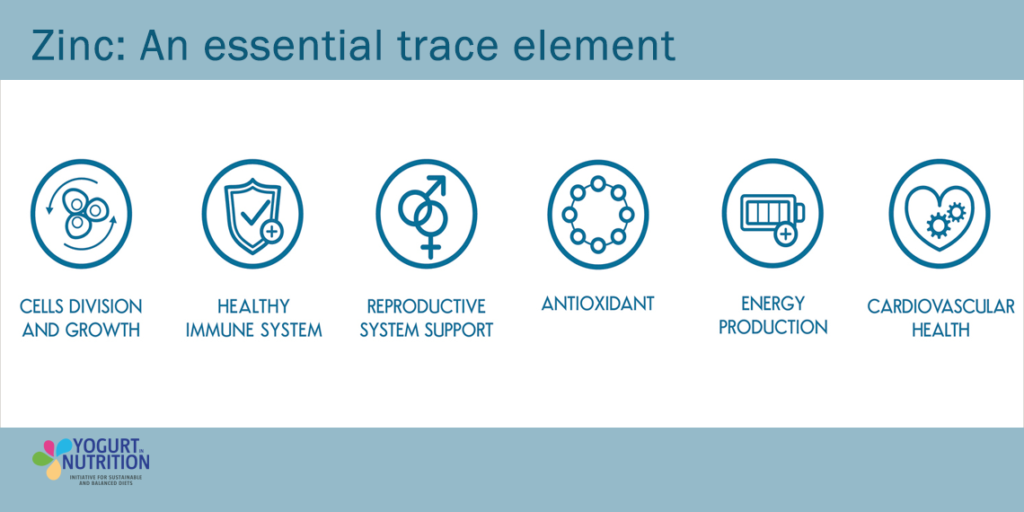
The key roles of zinc are:
- Zinc is essential for the metabolism of hundreds of enzymes.
- Zinc supports and enhances the immune system.
- Zinc is crucial for protein and DNA synthesis, as well as for wound healing.
- Zinc plays a pivotal role in cell signaling, division, and overall metabolism.
Additionally, zinc is fundamental for healthy growth and development, particularly during pregnancy, infancy, childhood, and adolescence. It also contributes to the proper functioning of the sense of taste.
The total zinc content in the human body is approximately 1.5 g in women and 2.5 g in men, with the majority stored in skeletal muscles and bones.
Dietary recommendations for zinc
Zinc requirements vary across countries and diets, but the average dietary reference intake for healthy adults (over 18 years) ranges between 7.5 to 16.3 mg per day. This variability is influenced significantly by the overall composition of the diet, particularly the presence of phytates, which impact zinc bioavailability.
Impact of phytates on zinc absorption
Phytates, compounds found predominantly in cereals, legumes, and some vegetables, bind to zinc and reduce its bioavailability. Diets high in phytate-rich foods, such as whole-grain cereals and pulses, and low in animal protein may fail to provide adequate levels of absorbable zinc. Conversely, diets rich in animal proteins and low in unrefined cereals and legumes require less dietary zinc due to better absorption efficiency.
As a result, most dietary zinc recommendations include ranges tailored to the estimated phytate content of local diets, from high-phytate diets to low-phytate ones.
Populations requiring extra attention
It is estimated that about 17.3% of the world’s population is at risk of inadequate zinc intake, mainly in low and middle income countries.
However, certain groups need to monitor their zinc intake more carefully:
- Vegans and vegetarians: These individuals often consume diets high in phytate-rich foods and low in animal proteins, necessitating higher zinc intake.
- Pregnant and lactating women: Zinc requirements increase significantly during pregnancy and lactation. For instance:
- In the USA, the recommended intake rises to 12 mg/day during pregnancy compared to 8 mg/day for non-pregnant adults.
- In France, recommendations increase to 9.1–12.6 mg/day during pregnancy versus 7.5–11 mg/day for non-pregnant adults.
Food Sources of Zinc
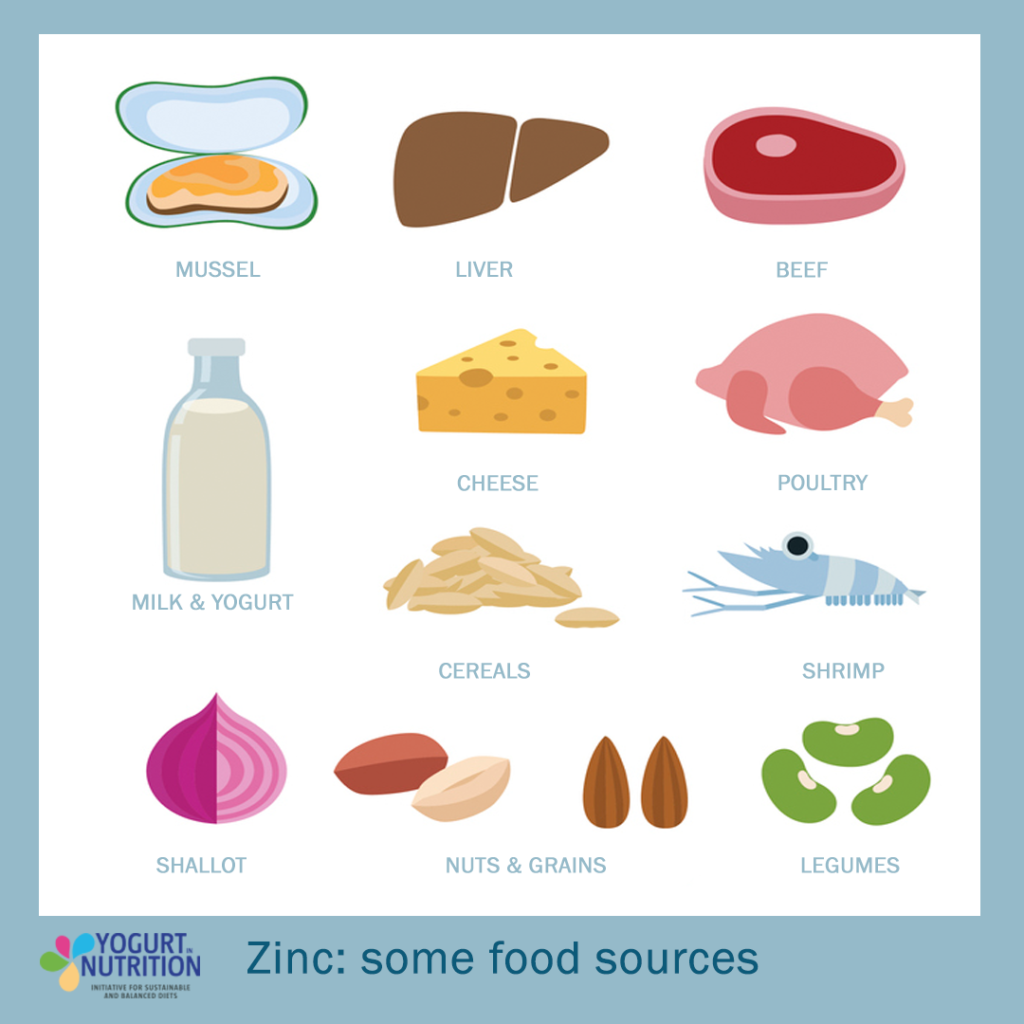
Zinc is found in a wide range of plant- and animal-based foods. Meat, dairy products, legumes, eggs, fish, and cereals are good food sources of zinc. However, the bioavailability is influenced by the phytate content of these foods. Zinc from animal-based sources is more readily absorbed, making them particularly effective for meeting dietary needs.
While legumes and grains contain zinc, their absorption is limited due to their phytate content. Careful dietary planning is essential to ensure adequate zinc intake, particularly for individuals relying heavily on plant-based foods.
Zinc in dairy products
Dairy products can make a significant contribution to dietary zinc intake, particularly in diets with high dairy consumption. Moreover, co-ingestion of dairy products appears to enhance zinc absorption from other food sources.
Research has shown that consuming milk or yogurt alongside high-phytate foods—such as rice, tortillas, or bread—improves zinc absorption. These foods are typically characterized by low inherent zinc bioavailability due to their phytate content.
The enhanced absorption may be attributed to certain peptides found in dairy products, which are believed to counteract the inhibitory effects of phytates. This highlights the potential role of dairy products not only as direct sources of zinc but also as facilitators of zinc absorption from other dietary components.
